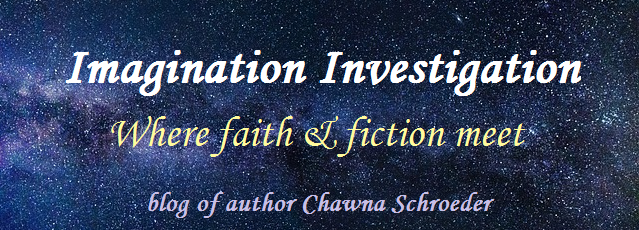Now, from our previous clip (Eloise at Christmastime), we gathered there is nothing wrong with mockery…as long as it mocks what is evil. In Beauty and the Beast, mockery is again at work. But what is being mocked?
At first it may appear Gaston is being mocked for a lack of intelligence. Yet when you watch the whole movie, you see that Gaston is quite smart and very skilled when he wants to be.
So what is really being mocked here? I would say it would be Gaston’s pure, raw arrogance—his belief that he is irresistible to any woman. From the outside, we quickly see that’s not true, which is why Gaston seems to be lacking some brains. But in truth he is simply so arrogant that he has become blinded to anything else. And this arrogance, which is wrong, is what the humor targets.
So how can you tell when actions or attitudes are the humor’s target? Because if you can change the gender, occupation, time period, and/or location (for example, from a male hunter in medieval France to a female actress in 1920 Hollywood), the humor would still be valid:
So the second mark of good humor is that it mocks attitudes and actions—not office/position, intelligence or person.
Disclaimer: Singin' in the Rain, ©2002 by Warner Home Video, is used under the fair use provisions of the United States Copyright Act, 17 U.S.C §107, for educational and critical purposes.




No comments:
Post a Comment